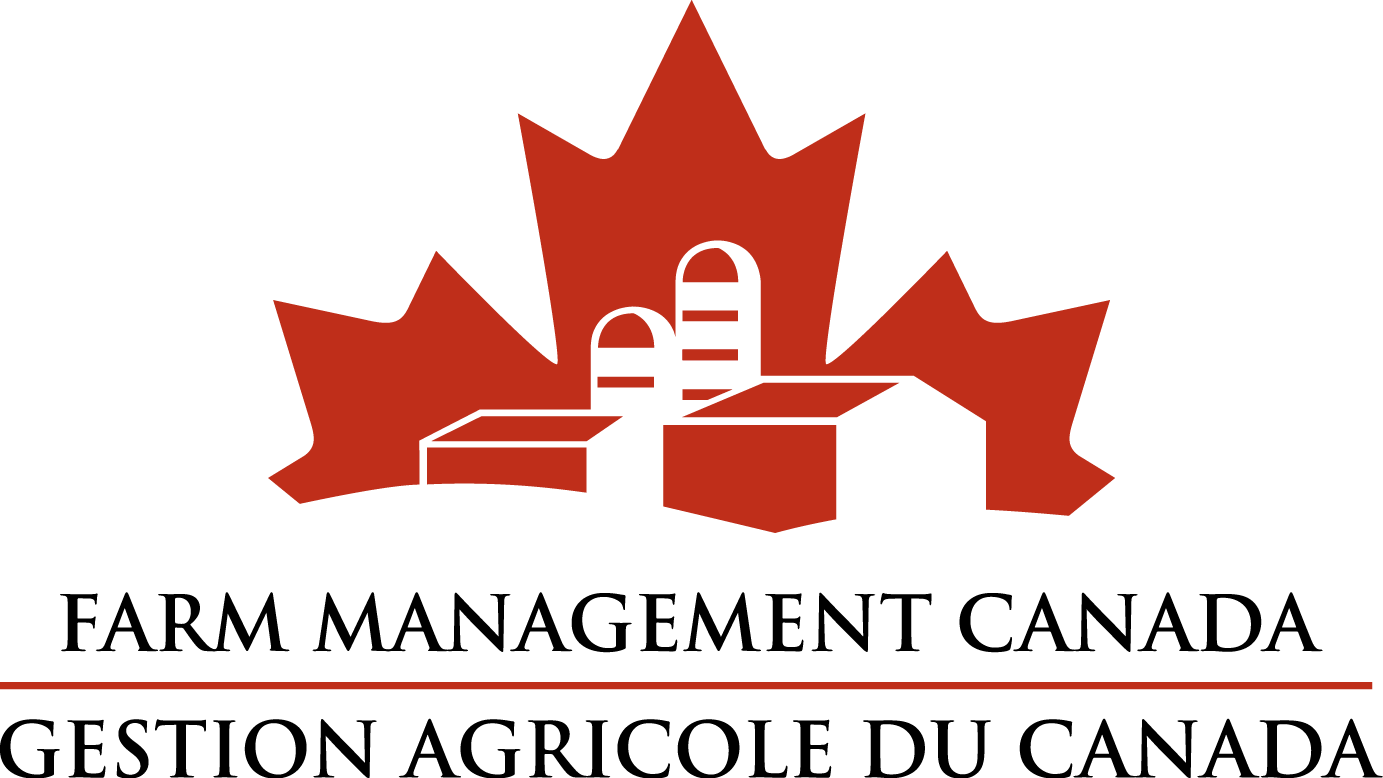One of the most challenging questions for producers is what to pay for labour. The answer is that it depends on the skills required for the job, the experience of the employee, competition from other industries, benefits provided other than financial and the return on investment to the farm operation. Every farm operation will have a different set of guidelines for compensation to hired labour.
“There are some resources available to help a farm manager determine a fair compensation package,” says Ted Nibourg, farm business management specialist with Alberta Agriculture and Rural Development. “The Government of Canada’s Working in Canada website lists a range of $14/hour to $35/hour in its most recent survey of farm labour rates in Alberta. An average wage of $21.43/hour for farm workers in our province is stated. This rate does not vary much from the $20/hour that Alberta Agriculture uses as a default labour cost in its Machinery Cost Calculator.”
The Average Farm Input Price data found on Alberta Agriculture’s website gives a general farm labour full time wage without board of $2951.58/month. Farm labour is often supplemented by additional perks or benefits such as free or subsidized housing, utilities supplied or a vehicle supplied. The cost to the farm for these benefits has to be determined both to evaluate the total labour expense and also to report the taxable benefits to the Canadian Revenue Agency.
“Another way of calculating compensation would be to determine its value from a return on investment perspective,” says Nibourg. “An example would be to calculate the value of additional farm labour to extend the use of equipment. Using a combine example with the Machinery Cost Calculator one finds that for a large rotary combine used 200 hours-a-year or about 2000 acres, the hourly cost is $295/hour. Extending its use by 10 per cent, or another 20 hours-a-year, the hourly cost is reduced to $275/hour. That would mean a farm manager could conceivably pay a combine operator an additional $20/hour over and above the base rate for those extra hours.
“There may be times when a farm manager will have to increase the farm’s labour costs just to compete for labour with other industries such as the oilpatch. Compensation alone may not be the only deciding factor for a potential employee. Amenities supplied by the farm or an appealing lifestyle may sway the employee’s decision. At the end of the day, labour rates will be negotiated between a willing employee and a willing employer.”
One of the most challenging questions for producers is what to pay for labour. The answer is that it depends on the skills required for the job, the experience of the employee, competition from other industries, benefits provided other than financial and the return on investment to the farm operation. Every farm operation will have a different set of guidelines for compensation to hired labour.
“There are some resources available to help a farm manager determine a fair compensation package,” says Ted Nibourg, farm business management specialist with Alberta Agriculture and Rural Development. “The Government of Canada’s Working in Canada website lists a range of $14/hour to $35/hour in its most recent survey of farm labour rates in Alberta. An average wage of $21.43/hour for farm workers in our province is stated. This rate does not vary much from the $20/hour that Alberta Agriculture uses as a default labour cost in its Machinery Cost Calculator.”
The Average Farm Input Price data found on Alberta Agriculture’s website gives a general farm labour full time wage without board of $2951.58/month. Farm labour is often supplemented by additional perks or benefits such as free or subsidized housing, utilities supplied or a vehicle supplied. The cost to the farm for these benefits has to be determined both to evaluate the total labour expense and also to report the taxable benefits to the Canadian Revenue Agency.
“Another way of calculating compensation would be to determine its value from a return on investment perspective,” says Nibourg. “An example would be to calculate the value of additional farm labour to extend the use of equipment. Using a combine example with the Machinery Cost Calculator one finds that for a large rotary combine used 200 hours-a-year or about 2000 acres, the hourly cost is $295/hour. Extending its use by 10 per cent, or another 20 hours-a-year, the hourly cost is reduced to $275/hour. That would mean a farm manager could conceivably pay a combine operator an additional $20/hour over and above the base rate for those extra hours.
“There may be times when a farm manager will have to increase the farm’s labour costs just to compete for labour with other industries such as the oilpatch. Compensation alone may not be the only deciding factor for a potential employee. Amenities supplied by the farm or an appealing lifestyle may sway the employee’s decision. At the end of the day, labour rates will be negotiated between a willing employee and a willing employer.”
Additional information can be found on the following websites:
